Products
PRODUCTS
Promise
AI-powered delivery date estimates to boost conversion
Secure
Give shoppers peace of mind and protect and grow your bottom line
Track
Personalized tracking experiences to build brand loyalty
Shield
Returns and exchanges management to mitigate fraud and reward best customers
Notify
Proactive communication to drive customer lifetime value
Assist
Delivery claim management to tackle fraud and build trust
Solutions
Customers
Resources
Customers
Trusted by the industry’s
top retailers
Browse customer stories
Industry:
Thank you! Your submission has been received!
Oops! Something went wrong while submitting the form.

Shield
Moss transforms its post-purchase experience into a strategic revenue driver with Narvar
Apparel & Accessories
アパレル&アクセサリー

Shield
Department Store saves $18 per returned item with Narvar’s Return To Vendor (RTV) functionality
Apparel & Accessories
アパレル&アクセサリー

Shield
Track
Notify
Crew Clothing sails to success with Narvar as its innovation partner
Apparel & Accessories
アパレル&アクセサリー
No results found for this content type.
Please try a different one.
GET STARTED
Power every moment after the buy
Build trust. Protect margins. Drive growth — “Beyond Buy.”


























